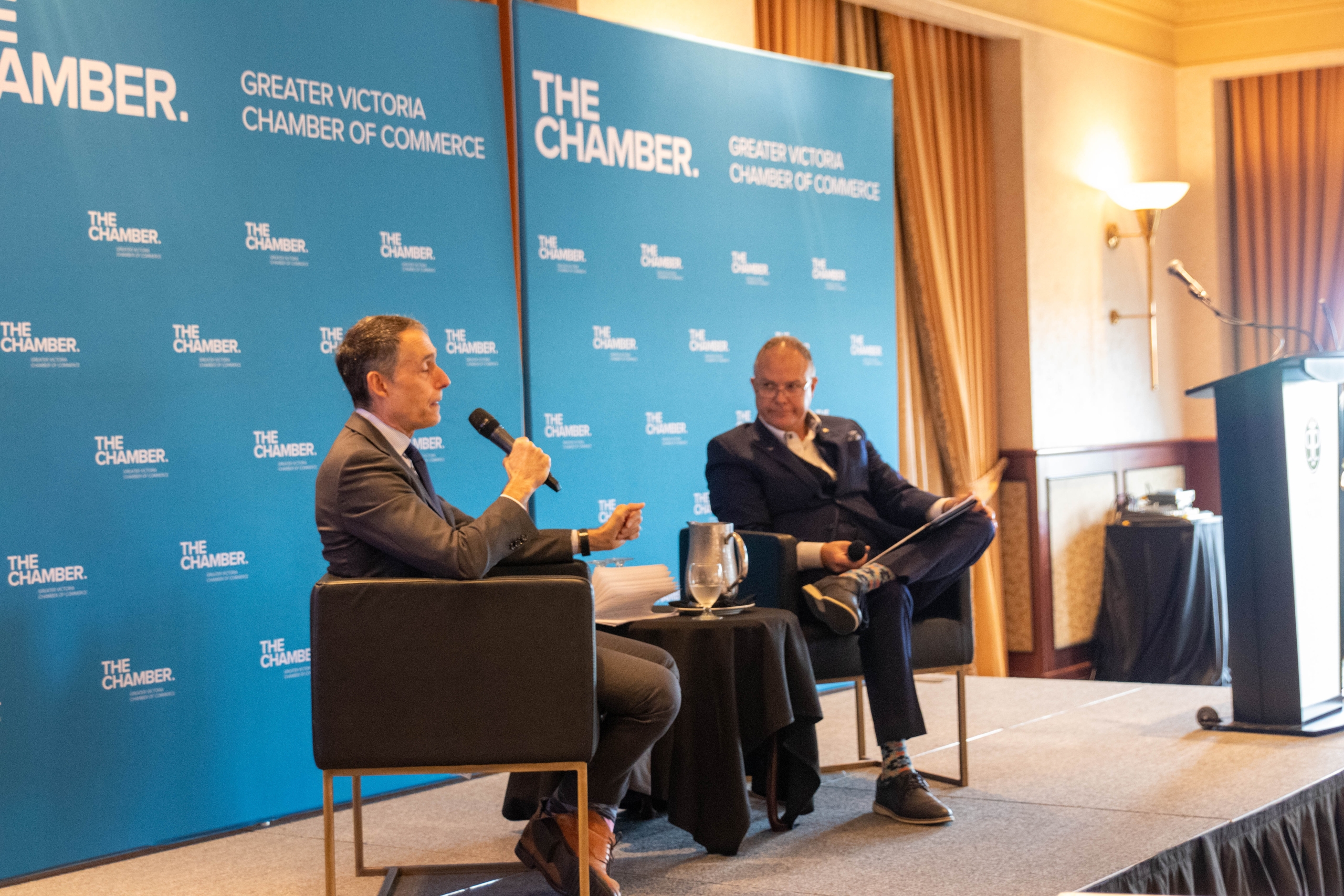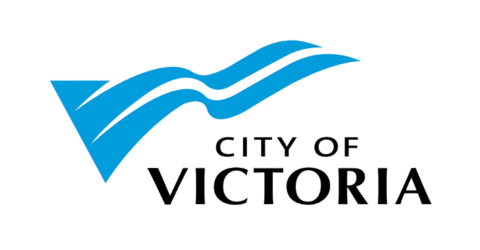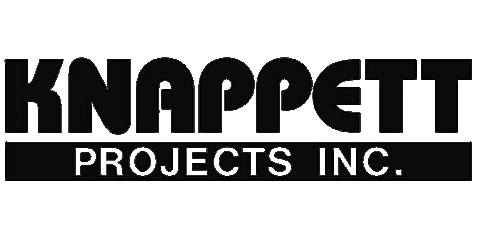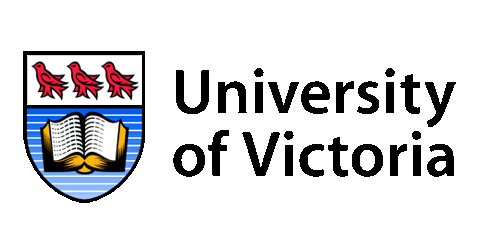Minister meets with Chamber to hear about business issues
The Chamber would like to thank BC’s Minister of Post-Secondary Education and Future Skills, Jessie Sunner, for meeting with members of Greater Victoria’s business community today.
The Minister had lunch with Chamber members and staff after a tour of Camosun College‘s Interurban Campus. The meeting was a welcome opportunity to hear about the province’s plans to address ongoing challenges in BC, and hear from businesses about the value of supporting local education as well as urgent issues facing Greater Victoria.
Members from the post-secondary sector as well as aviation, hospitality and transportation industries spoke candidly with the Minister about actions they would like to see happen.
“We spoke about investing in trades training, and we also spoke about the crisis happening in downtown Victoria, and the need to not damage businesses there,” Chamber CEO John Wilson said. “Yes, this is a complex problem that involves all levels of government, but that is precisely why we need all levels of government to listen to business.”
Policies like a Canada-wide restriction on foreign workers or allowing downtown Victoria public sector offices to remain vacant have ripple effects that hamper the ability of businesses to operate.
Without the vibrancy that businesses create everyday, there’s a real risk we’re hollowing out an invaluable economic engine for our region.
























